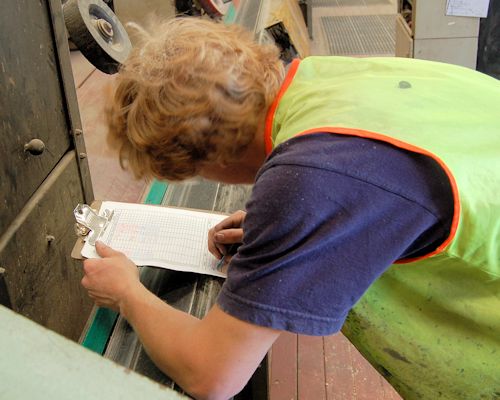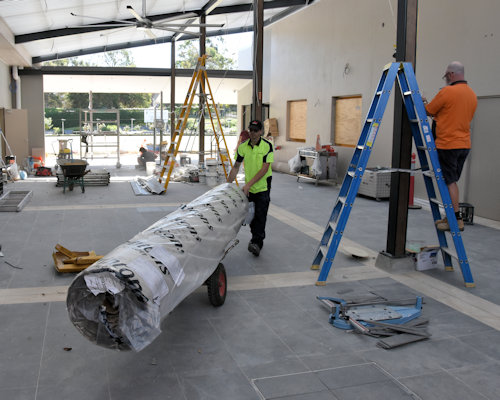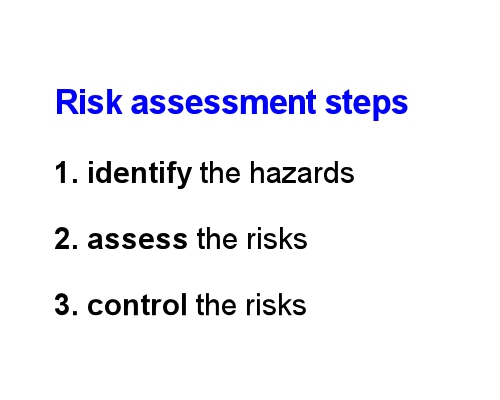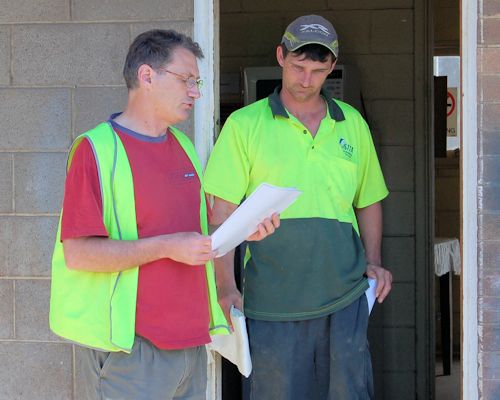Health and safety
- Manual handling - including how to lift and carry heavy rolls of flooring
- Knee problems - including injuries and chronic conditions caused by working on your knees
- Dust and fumes - including dust from subfloor preparations and fumes from primers and adhesive
- Skin contact with hazardous substances - including cement-based products and solvents
- Personal protective equipment - including eye protection, ear protection and other items of PPE needed on-site
- Knife safety - including the techniques for using a utility knife
Go to Documentation

Industry Network Training and Assessment Resourses
© 2023 Workspace Training









